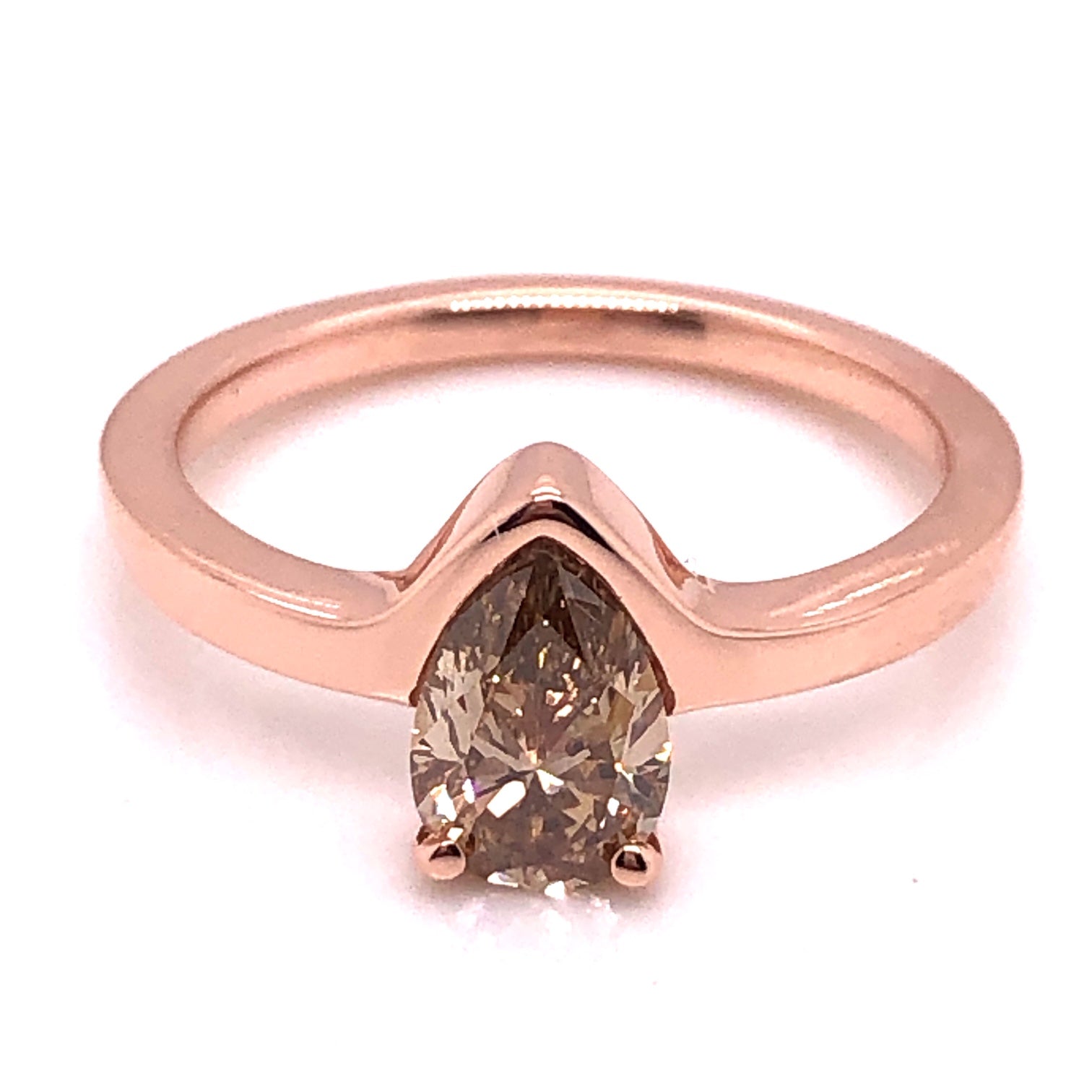When the time comes to start shopping engagement rings, new terminology can be a little intimidating. You may feel overwhelmed. However, each setting style serves a purpose, and a little research can go a long way. We’ll have you feeling like an expert in no time!
Prong Settings

When it comes to a classic look, nothing beats a prong-set center stone. The number of prongs may differ depending on the size and shape of the diamond, but the overall idea is the same for every ring: show as much of the diamond as possible while still holding it securely. With a purchase like that, you won’t want it rattling around loose!

Four-prong settings are the gold standard (no pun intended) for round diamond engagement rings. For the most part, either four- or six-prong settings (depending on the size of your stone) work perfectly. You may opt for three prongs if you want to see more of the stone, but keep in mind that it may not be suitable for large stones as it will be less secure.
Bezel Settings

Bezel settings are a fabulous way to keep your stone secure. They can also give the illusion of your stone being larger than it is. In this setting, a wall of metal surrounds your stone completely, so there is very little chance of it ever getting nicked or damaged.

If you want more light to hit the stone, you can always choose a setting with a partial bezel. And for even more alternatives, you may opt for a bezel with some filigree cut into the sides. That way, you can see more of your stone while still enjoying the peace of mind the bezel setting offers.
Tension Setting/Faux Tension

Tension settings are absolutely beautiful; however, a “true” tension setting is an unsafe choice for a valuable stone like a diamond. In a true tension setting, there is no reinforcement underneath the stone, so it looks like it is floating above the finger. As with any other setting where you see more stone and less metal, you trade security for sparkle. Tensions take this dichotomy to an extreme, however; without that reinforcement, you are almost guaranteed to end up with a loose stone at some point.


Luckily, there is a relatively simple fix. If you love the look of the tension but want something that is going to last a lifetime, you may want to opt for the “faux tension” or “fake tension” version. The look is the same from above, but the jeweler adds a ring of metal or an under-bezel underneath your stone. Its purpose is twofold: first, to hold the two walls of the tension setting in place—and second, to give your stone a seat to rest on safely.
Bar Settings

This setting style is an option for square- or rectangle-shaped stones such as baguettes or princess cuts. They are most often used for baguettes. This style is similar to the faux tension or partial bezel setting in that there are two walls of metal with a seat underneath the stone.

There is no right or wrong answer when it comes to settings. Just keep in mind your stone size, shape, and the personal style of the wearer. You can even mix and match different settings if you like!
And don’t be afraid to ask your jeweler for help—that’s what we’re here for!




Leave a comment